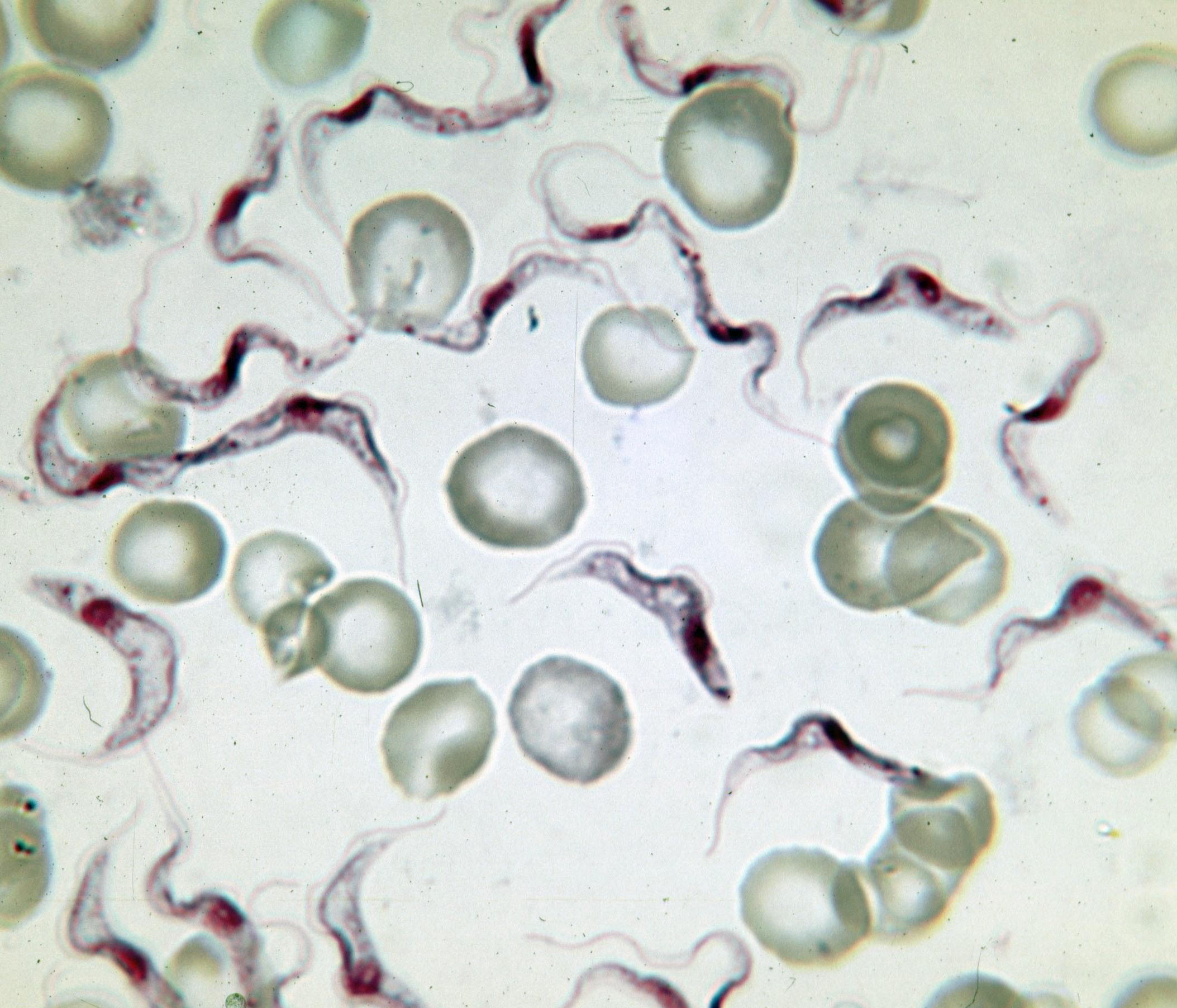|
Coat Protein (other) , a type of vesicle coat protein that transports proteins from the rough endoplasmic reticulum to the Golgi apparatus
{{Biology disambiguation ...
Coat protein may refer to: * Viral coat protein, a component of the capsid * Variable surface glycoproteins or procyclins, surface coat proteins of either the bloodstream form or the procyclic form of the parasite ''Trypanosoma brucei'' * COPI, a type of vesicle coat protein that transports proteins from the cis end of the Golgi complex back to the rough endoplasmic reticulum * COPII The Coat Protein Complex II, or COPII, is a group of proteins that facilitate the formation of vesicles to transport proteins from the endoplasmic reticulum to the Golgi apparatus or endoplasmic-reticulum–Golgi intermediate compartment. This pr ... [...More Info...] [...Related Items...] OR: [Wikipedia] [Google] [Baidu] |
Viral Coat Protein
A capsid is the protein shell of a virus, enclosing its genetic material. It consists of several oligomeric (repeating) structural subunits made of protein called protomers. The observable 3-dimensional morphological subunits, which may or may not correspond to individual proteins, are called capsomeres. The proteins making up the capsid are called capsid proteins or viral coat proteins (VCP). The capsid and inner genome is called the nucleocapsid. Capsids are broadly classified according to their structure. The majority of the viruses have capsids with either helical or icosahedral structure. Some viruses, such as bacteriophages, have developed more complicated structures due to constraints of elasticity and electrostatics. The icosahedral shape, which has 20 equilateral triangular faces, approximates a sphere, while the helical shape resembles the shape of a spring, taking the space of a cylinder but not being a cylinder itself. The capsid faces may consist of one or more ... [...More Info...] [...Related Items...] OR: [Wikipedia] [Google] [Baidu] |
Variable Surface Glycoprotein
Variant surface glycoprotein (VSG) is a ~60kDa protein which densely packs the cell surface of protozoan parasites belonging to the genus ''Trypanosoma''. This genus is notable for their cell surface proteins. They were first isolated from ''Trypanosoma brucei'' in 1975 by George Cross. VSG allows the trypanosomatid parasites to evade the mammalian host's immune system by extensive antigenic variation. They form a 12–15 nm surface coat. VSG dimers, ~90% of all cell surface protein. It also makes up ~10% of total cell protein. For this reason, these proteins are highly immunogenic and an immune response raised against a specific VSG coat will rapidly kill trypanosomes expressing this variant. However, with each cell division there is a possibility that the progeny will switch expression to change the VSG that is being expressed. VSG has no prescribed biochemical activity. The parasite has a large cellular repertoire of antigenically distinct VSGs (~1500/2000 complete and partia ... [...More Info...] [...Related Items...] OR: [Wikipedia] [Google] [Baidu] |
Procyclin
Procyclins also known as procyclic acidic repetitive proteins or PARP are proteins developed in the surface coating of ''Trypanosoma brucei'' parasites while in their tsetse fly vector. The cell surface of the bloodstream form features a dense coat of variable surface glycoproteins (VSGs) which is replaced by an equally dense coat of procyclins when the parasite differentiates into the procylic form in the tsetse fly midgut. There are six or seven procyclin genes that encode unusual proteins with extensive tandem repeat units of glutamic acid Glutamic acid (symbol Glu or E; the ionic form is known as glutamate) is an α-amino acid that is used by almost all living beings in the biosynthesis of proteins. It is a non-essential nutrient for humans, meaning that the human body can syn ... (E) and proline (P), referred to as EP repeats ( EP1, EP1-2, EP2, EP2-1, EP3, EP3-2, EP3-4), and two genes that encode proteins with internal pentapeptide GPEET repeats ( GPEET ... [...More Info...] [...Related Items...] OR: [Wikipedia] [Google] [Baidu] |
COPI
COPI is a coatomer, a protein complex that coats vesicles transporting proteins from the ''cis'' end of the Golgi complex back to the rough endoplasmic reticulum (ER), where they were originally synthesized, and between Golgi compartments. This type of transport is ''retrograde transport'', in contrast to the ''anterograde transport'' associated with the COPII protein. The name "COPI" refers to the specific coat protein complex that initiates the budding process on the ''cis''-Golgi membrane. The coat consists of large protein subcomplexes that are made of seven different protein subunits, namely α, β, β', γ, δ, ε and ζ. Coat proteins Coat protein, or COPI, is an ADP ribosylation factor (ARF)-dependent protein involved in membrane traffic. COPI was first identified in retrograde traffic from the ''cis''-Golgi to the rough endoplasmic reticulum (ER) and is the most extensively studied of ARF-dependent adaptors. COPI consists of seven subunits which compose the hetero ... [...More Info...] [...Related Items...] OR: [Wikipedia] [Google] [Baidu] |
.gif)

